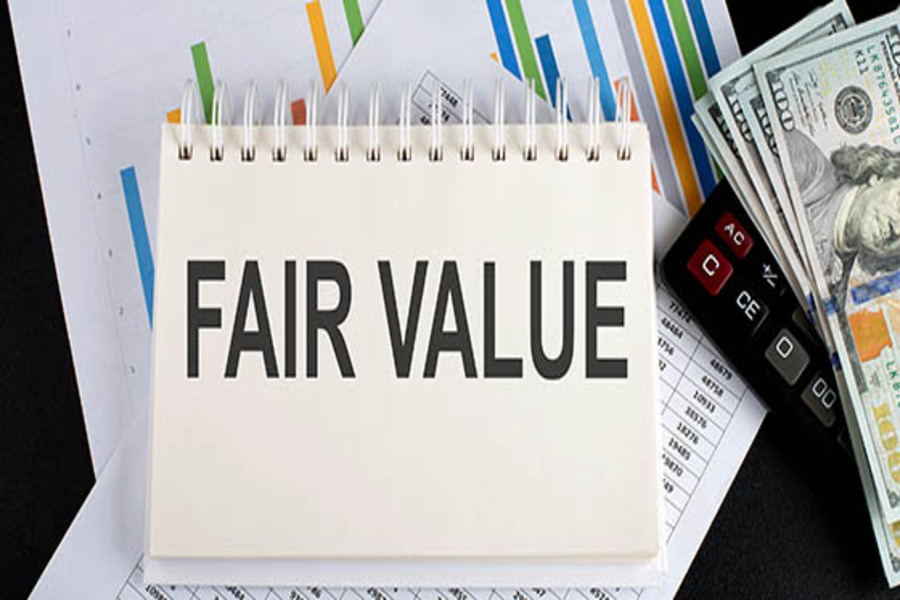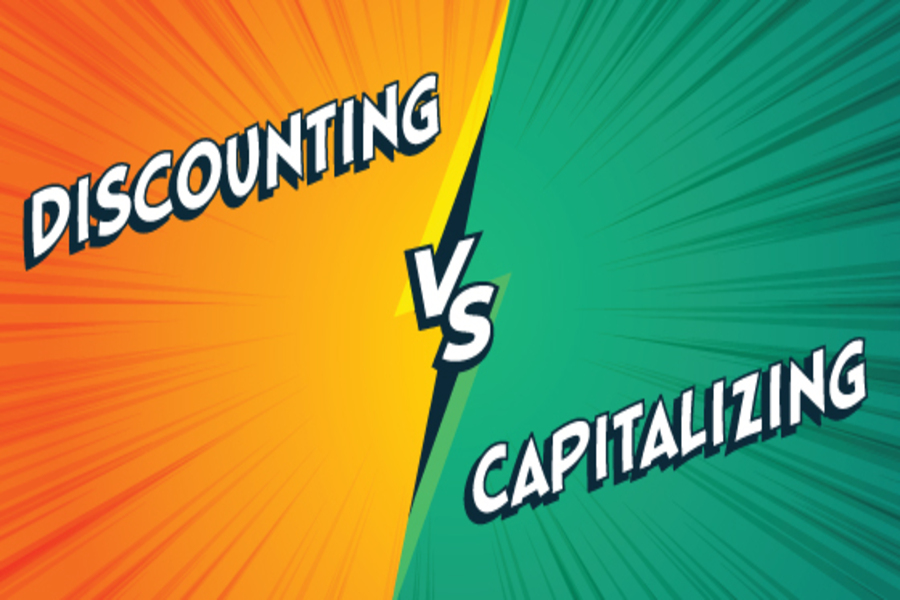Fair market value is the appropriate standard of value in most business valuation assignments. But when valuing an asset for financial reporting purposes, fair value is generally used. Here’s an overview of what fair value is and how it differs from fair market value. Eyes on GAAP The terms “fair value” and “fair market value” are sometimes used interchangeably. To a business valuation professional, however, they have very different meanings. Under U.S. Generally Accepted Accounting Principles (GAAP), fair value is “the price that would be received to sell an asset or paid to transfer a liability in an orderly transaction between market participants at the measurement date.” This definition is found in Accounting Standards Codification (ASC) Topic 820, Fair Value Measurement. For example, fair value may be used when: ...

Revenue Ruling 59-60 is a landmark piece of IRS guidance that outlines the factors to consider when estimating the fair market value of a private business. Here’s an overview of those factors, along with other hidden details found in the ruling’s fine print. 8-factor approach Revenue Ruling 59-60 says that business valuation is an inexact science, often resulting in “wide differences of opinion” about the value of a particular business interest. Therefore, valuation professionals use a customized approach that considers the following eight factors: 1. The nature and history of the subject company, 2. The outlook for the general economy and industry, 3. Book value and financial condition (from at least two years of balance sheets), 4. Earnings capacity (from at least five years of income statements), 5. Dividend-paying capacity (as opposed...
Many startup ventures have never generated positive cash flow — or even revenue. How can a valuation analyst value a startup business when it has no track record? Without historical performance to rely on, valuators often turn to the entrepreneurs’ forecasts. However, no one can see into the future. So, prospective financial statements can be subjective and risky, especially in today’s volatile marketplace. Professional skepticism When evaluating prospective financials, valuators must exercise professional judgment and consider making adjustments where necessary. For example, whether or not an entrepreneur has put together formal financial projections can provide insight into the most important determinant of a startup company’s ability to succeed: management. Other important considerations include the startup’s competitive advantage, business type, market size, and potential growth opportunities. Lifecycle of a startup The...
Two techniques fall under the income approach umbrella when valuing a private business interest: the discounted cash flow (DCF) method and the capitalization of earnings method. How do these two commonly used methods compare — and which one is appropriate for a specific investment? Fundamentals of discounting The DCF method estimates the present value of future expected net cash flows using a discount rate. It entails these basic steps: Compute future cash flows. Potential investors are generally trying to determine what’s in it for them in terms of cash flow and an acceptable return on investment. Historical earnings are often the starting point for estimating expected cash flow over a discrete discounting period of, say, five or seven years. Then, the valuation expert calculates a terminal (or residual)...
Historical financial results are only relevant in a valuation to the extent that the business expects to achieve similar results in the coming years. When projecting future economic benefits, it’s important to consider expected changes to a subject company’s internal and external conditions. Challenging the status quo The last three to five years of financial statements are usually on the list of documents experts use to value a business. With some companies, it’s possible to simply take historical financial statements and apply an assumed growth rate into perpetuity. But experienced valuation professionals know that future performance can’t always be expected to mirror the past. One key reason is capacity constraints. To achieve an expected growth rate, a larger facility or additional equipment may be needed over the long...
At the heart of every successful buy-sell agreement are well-reasoned business valuation provisions. By thinking through valuation matters and anticipating potential sticking points while the owners are on good terms, you can help facilitate future buyouts — when relations might be strained. Estimating value Several possible valuation approaches can be used to set the price in a buy-sell agreement. Some agreements use a formula or rule of thumb, such as book value or some multiple of earnings or cash flow. Others base the price on the shareholders’ judgment of value. But these methods can easily lead to under- or overvaluation, or to conflicts among the shareholders. Usually, the best approach is to provide for valuations by one or more independent valuators, either periodically or at the time of...
When valuing a business, recent market volatility may well translate into higher discounts for lack of marketability (DLOM) because investors generally will pay less for illiquid, risky investments. However, there’s a silver lining to economic uncertainty: It provides an opportunity for wealthy individuals to gift private business interests at significant discounts, potentially saving a substantial amount in taxes. DLOM basics Marketability is the ability to quickly or readily convert property to cash at minimal cost, according to the International Valuation Glossary — Business Valuation. Also implied is a high degree of certainty that an expected selling price will be realized. The two most popular sources of empirical data valuators use to support DLOMs are restricted stock and pre-initial public offering (IPO) studies. These studies suggest that discounts for...
The 30-year anniversary of Daubert v. Merrell Dow Pharmaceuticals Inc. (509 U.S. 579) will be coming up in 2023. This decision officially made federal judges the “gatekeepers” of expert evidence against “junk science.” Landmark case In 1993, Daubert established a two-pronged test for admissibility under Rule 702 of the Federal Rules of Evidence: An expert’s methodology must be 1) reliable, and 2) relevant. This case also identified four nonexclusive factors to consider in determining the reliability of an expert’s theory or technique: Has it been tested, and can it be tested? Has it been subject to peer review or publication? What’s its known or potential error rate? Is it generally accepted in the relevant scientific or technical community? The discounted cash flow method is an example of a...
When valuing a business, it’s important to clearly identify the appropriate premise of value. There are two basic options: going concern value or liquidation value. In general, liquidation value sets the floor for a company’s value. When a company is “worth more dead than alive” — such as in a Chapter 7 bankruptcy filing — liquidation value is typically the appropriate premise of value. But it also may be relevant in other situations, as a recent Michigan Court of Appeals case demonstrates. Going concern vs. liquidation value Most valuations focus on a business’s going-concern value. That is, what’s the value of a business enterprise that’s expected to continue to operate into the future? But in certain situations, liquidation value can be an important benchmark. There are two types...
The market approach is an intuitive way to value a private business interest. It bases the subject company’s value on sales of other similar businesses or business interests, which are commonly referred to as “guideline transactions” or “comparables.” Each business is unique, so identifying an exact match is impossible. 2 methods The following two primary valuation methods fall under the market approach umbrella: Guideline public company method. Under this method, value is derived from comparable stocks (or partnership interests) that are actively traded on the New York Stock Exchange or other public markets. Public stock prices are used to compute pricing multiples — such as price-to-revenue, price-to-net income and price-to-book value — to apply to the subject company’s results. Financial variables may be calculated for a variety...











